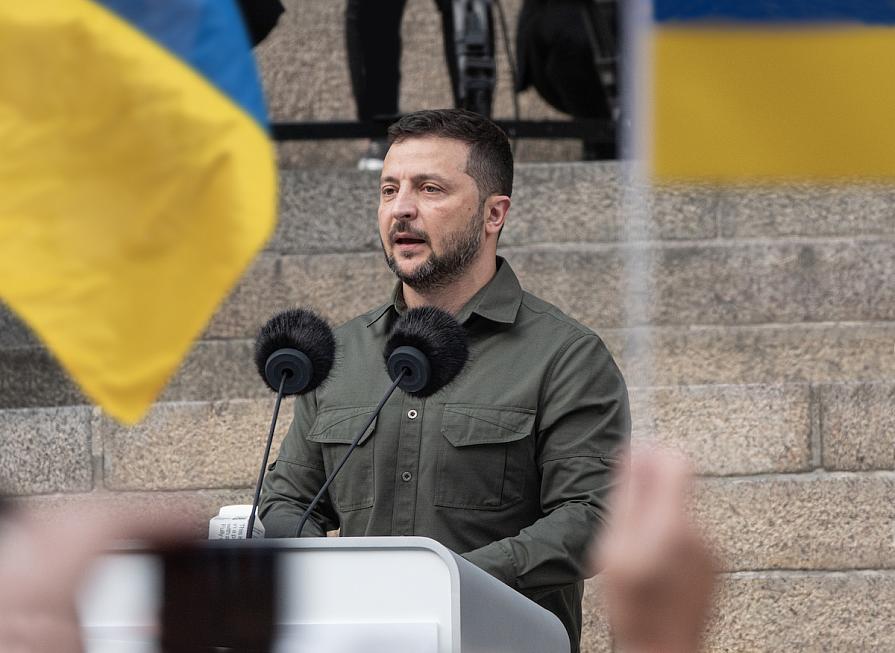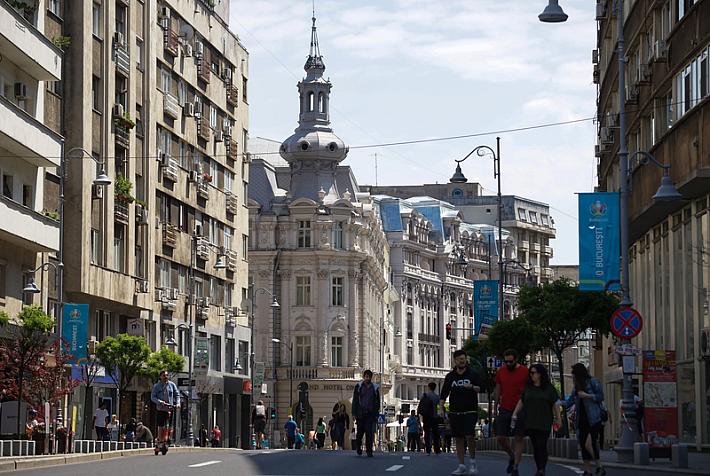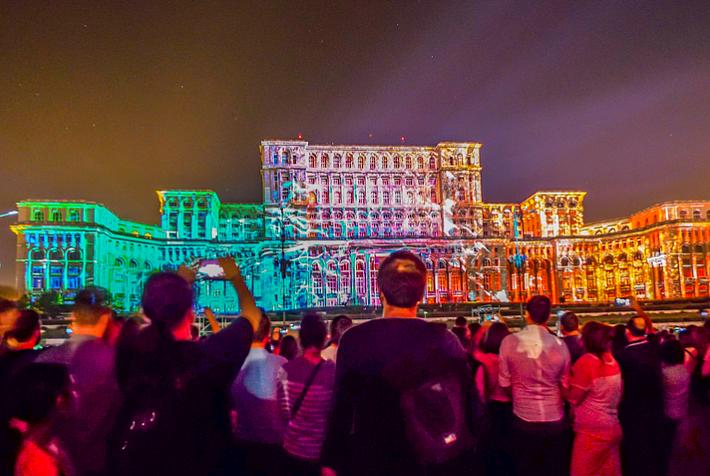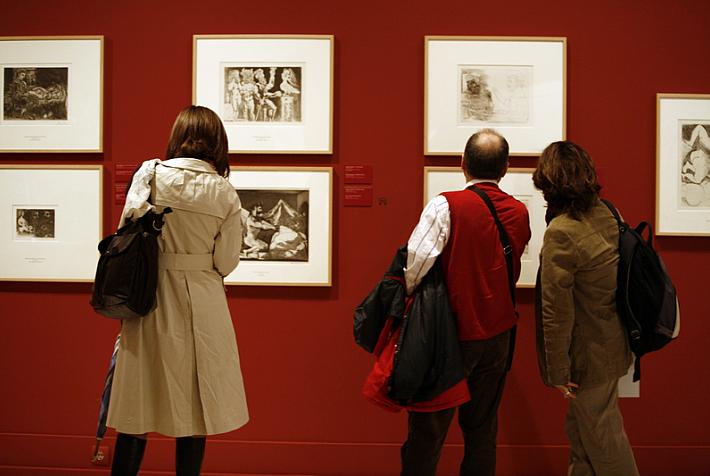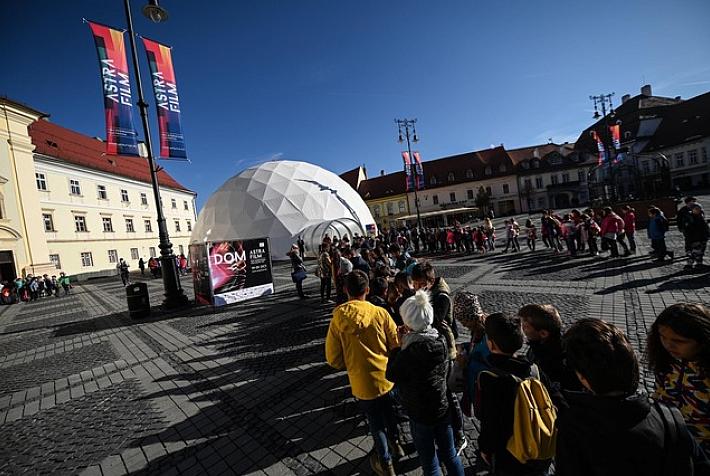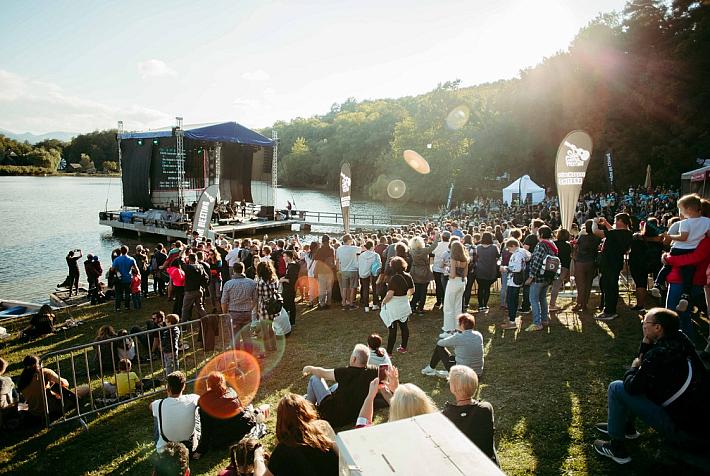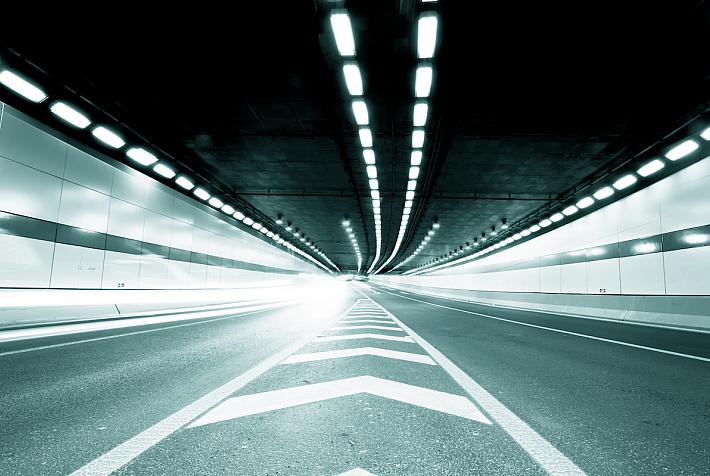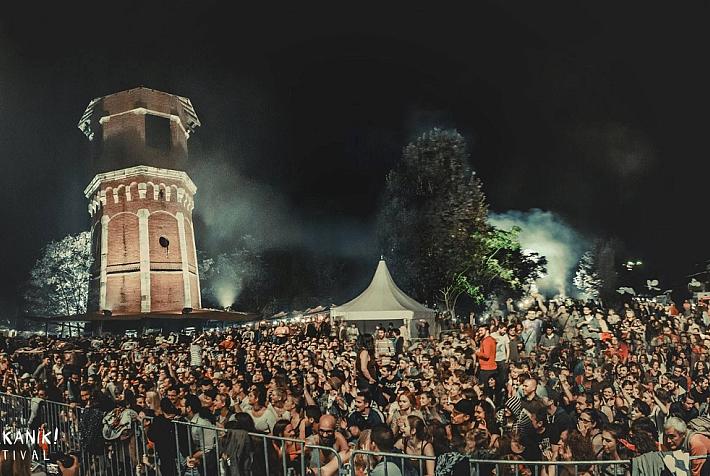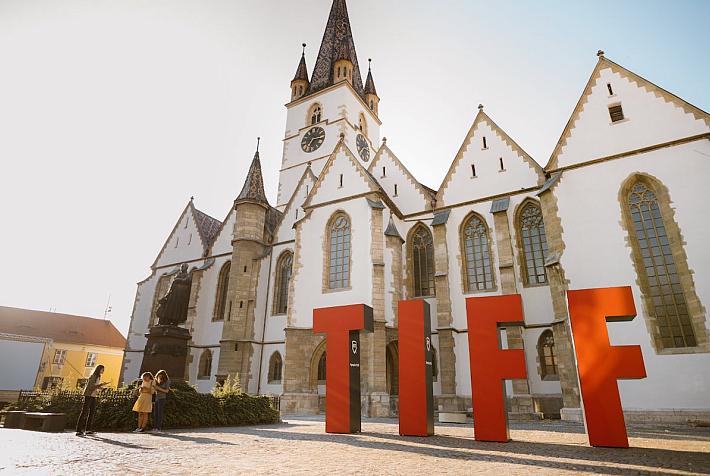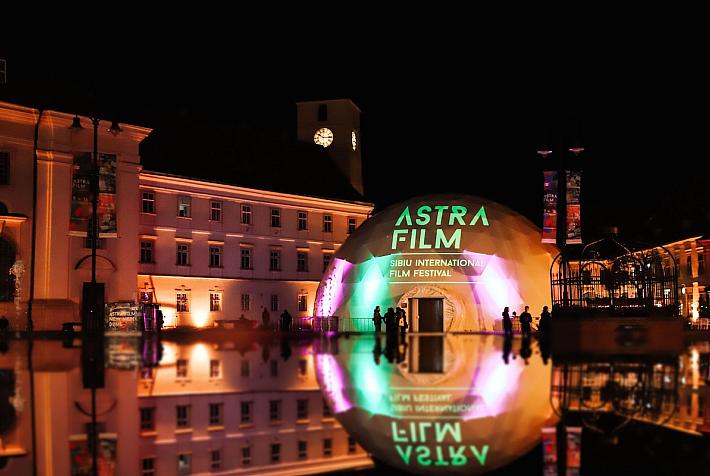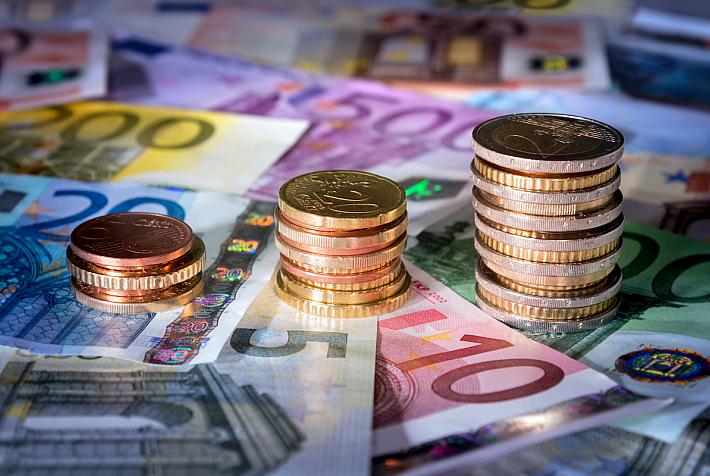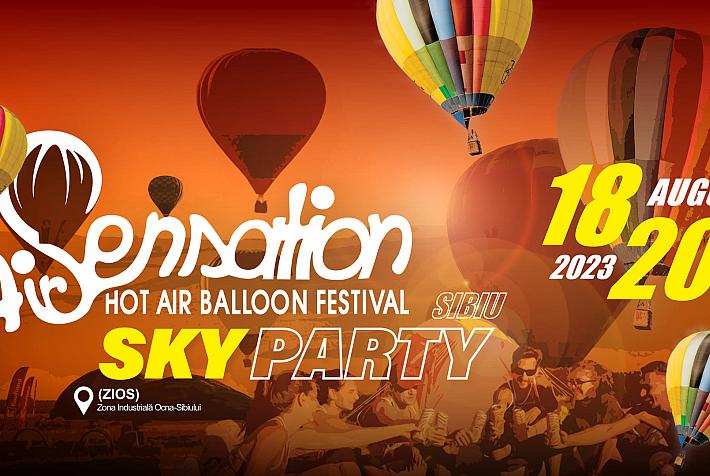The Enescu Festival marked the start of the series of fall cultural agenda, which continues with much-awaited
...Astra Film Junior, the educational documentary film festival dedicated to children and teenagers, holds a new edition in...
Film fans have many options this weekend in Bucharest, where Enescu Festival is going strong, and Street Delivery
...Romania's public road company CNAIR accepted to increase by 23% to RON 2 billion (EUR 400 million) the price of the...
Music festivals covering many genres are ongoing in Bucharest, while film fans in Sibiu, Brașov, Predeal and Râșnov can
...Transilvania International Film Festival (TIFF) holds its 17th edition in Sibiu this month with a program that covers...
Astra Film Festival holds its 30th edition this year, with an official selection comprising over 130 films from 40+...
Ovo Product Cooperativa Agricola, an agricultural cooperative in Sibiu County with a turnover of over EUR 4.6mn in 2022...
Air Sensation Festival, which will take place between August 18-20 in Romania’s Ocna Sibiului, will offer visitors rides...
The Enescu Festival marked the start of the series of fall cultural agenda, which continues with much-awaited
...Astra Film Junior, the educational documentary film festival dedicated to children and teenagers, holds a new edition in...
Film fans have many options this weekend in Bucharest, where Enescu Festival is going strong, and Street Delivery
...Romania's public road company CNAIR accepted to increase by 23% to RON 2 billion (EUR 400 million) the price of the...
Music festivals covering many genres are ongoing in Bucharest, while film fans in Sibiu, Brașov, Predeal and Râșnov can
...Transilvania International Film Festival (TIFF) holds its 17th edition in Sibiu this month with a program that covers...
Astra Film Festival holds its 30th edition this year, with an official selection comprising over 130 films from 40+...
Ovo Product Cooperativa Agricola, an agricultural cooperative in Sibiu County with a turnover of over EUR 4.6mn in 2022...
Air Sensation Festival, which will take place between August 18-20 in Romania’s Ocna Sibiului, will offer visitors rides...
